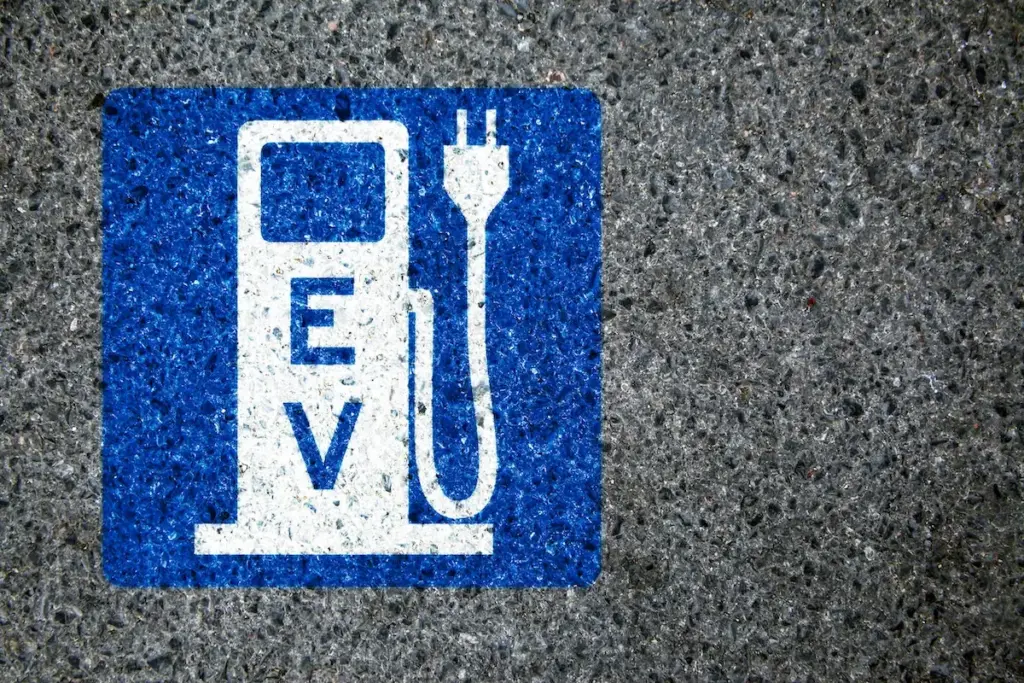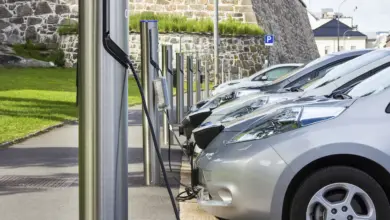Why Everyone In Apartments Cannot Own Electric Cars
Electric vehicles (EVs) have become more popular in Australian cities in recent years, yet many people living in apartments find themselves in the slow lane to EV ownership. The infrastructure requirements for EV charging present significant obstacles for residents of multi-unit buildings, largely due to the lack of charging stations in existing apartment complexes. In apartments where parking spaces are often allocated per unit and situated in shared garages, the installation of personal charging infrastructure can also become a logistical and economic challenge.
Another barrier is the existing electrical grid within these residential complexes, which may not support the high demand for power that a fleet of electric cars would require. Upgrades to the system are often necessary to ensure safe and consistent charging but can incur substantial costs which landlords or body corporates may be hesitant to pay. The financial outlay for both the installation of individual charging points and the upgrade of electrical systems can be prohibitive and complex, considering the approvals and coordination needed among residents, owners, and service providers.
Furthermore, the shared nature of apartment living means that establishing a fair and efficient system for the use of communal charging stations is not straightforward. The cost associated with shared power needs to be allocated accurately, as it is with the costs of car park lighting, security doors, and lifts, which can lead to intricate billing arrangements. This issue is compounded in older apartment complexes where retrofitting individual metering for parking spots to monitor electricity usage for EV charging can be particularly complicated and expensive.

Complications with EV Charging in Apartments
The transition to electric vehicles (EVs) has highlighted a massive challenge for apartment dwellers looking to transition to EV technology. Two key areas—accessibility to charging facilities and the accompanying infrastructural burdens—are two of the biggest issues faced.
Lack of Access to Charging Stations
Many apartment blocks lack sufficient charging stations for EVs. This scarcity is a function of both limited physical space and the current state of electrical infrastructure, which was not designed to support widespread EV charging.
Owners corporations face long, bureaucratic processes to gain consent for enhancements. In states where legislation prohibits utilising maintenance funds for improvements without full strata approval, the process of installing even basic EV charging capabilities becomes significantly drawn out.
Ever thought about charging times also with so many cars charging at once?
Read: How Long Does It Take For An Electric Vehicle To Charge?
Technical Hurdles and Financial Outlays
Adding EV charging stations to existing apartment blocks is coupled with substantial technical and financial demands. The initial expenses include hardware such as dedicated circuits, distribution boards, and cable trays, not to mention a load management system.
Fitting out a parking structure with fundamental EV infrastructure costs around $24,000 to $25,000, while additional costs for individual owners to connect their parking spots to these facilities range from $1,200 to $1,500, plus another $2,400 for the charger unit.
The costs associated with equipping apartment complexes for EV charging, which must be shared among all owners, are indeed substantial. This collective financial burden, compounded by stringent regulations, presents a significant obstacle to the widespread implementation of EV infrastructure in established residential buildings.

Charging Infrastructure Challenges
Electric vehicle charging accessibility poses a distinct challenge to people living in an apartment, where the retrofitting of infrastructure and regulatory involvement are key barriers to wider EV adoption.
Building Infrastructure Development
In urban settings, particularly in older apartment buildings, electrical systems are not currently ready to support the added demand for electric vehicle charging, and updating these systems to manage the additional load can be cost-prohibitive.
For instance, installing dedicated chargers could necessitate substantial alterations to electrical circuits, switchboards, and the building’s load management facilities. This process is not only expensive but may also require revising the property’s by-laws to address the distribution of costs and regulatory aspects of charger usage.
These financial and regulatory hurdles often discourage strata management from investing in EV-friendly modifications, particularly with the current low rates of electric vehicle ownership, resulting in a reluctance to subsidise infrastructure for the benefit of a minority.
For apartment residents in rural areas, a lack of public EV charging stations compounds the difficulties of owning an electric vehicle. Limited infrastructure investment often means fewer charging options, which places a greater emphasis on the need for reliable charging solutions at home.
State Involvement and Market Effects
State-based vehicle regulations and a lack of cohesive government stimulus have contributed to a segmented market, deterring wide-scale infrastructural advancement. Without significant government funding or intervention, the development and deployment of EV charging solutions in apartments remains inconsistent.
Legislative initiatives, like those seen in several European nations, mandating the inclusion of charging capabilities in new constructions, are still rare in Australia. As the market stands, private developments that voluntarily incorporate EV charging attract higher property values, indicating a premium allocation for such future-ready features.
However, without a strategic approach from state governments, the widespread roll-out of charging infrastructure in apartment complexes remains stunted, leaving residents with limited options for the foreseeable future.
Legal and Regulatory Considerations
The legal and regulatory frameworks present complex challenges for EV adoption in apartment settings, shaping the installation of charging infrastructure and the practicalities of ownership.
Alternative Charging Options and Regulations
Regulations play a significant role in determining the viability of alternative charging solutions for electric vehicle owners living in apartments. The implementation of charging infrastructure often encounters regulatory barriers, as not all residential buildings are equipped or zoned to support the installation of such systems.
State and local regulations may differ markedly, with some regions being more progressive in adapting building codes and offering incentives for the retrofitting of existing structures to support EV charging. These regulations guide:
- Installation requirements: These can include electrical upgrades and adherence to safety standards.
- Permit processes: necessary to approve the modification of common property to install charge points.
- Ownership logistics: addressing who will be responsible for electricity costs and maintenance of the charging stations.
- Usage guidelines: establishing rules for shared access and preventing domination of charging facilities by a few individuals.
Apartment dwellers often find themselves trapped in a web of building codes, zoning laws, and strata council rules, leaving the establishment of compatible electric vehicle charging solutions flat.
The discrepancy between state-based vehicle regulations also adds complexity to adopting widespread electric vehicle infrastructure, as they influence everything from the incentives available to residents to the support provided for communal charging projects.
Want to learn more? Read: What Happens To Old Electric Vehicle Batteries?
EVs and Apartment Living – Final Thoughts
As the adoption of electric vehicles (EVs) accelerates, the pressing issue of charging infrastructure in apartment settings presents a significant challenge. The transition to EV-friendly apartments is not straightforward, with financial and technical hurdles that require thoughtful planning and substantial investment. Upgrading older apartment buildings to accommodate EV charging stations demands updates to physical electrical systems as well as alterations to existing by-laws to address the shared costs and usage regulations.
Despite these challenges, the movement towards EV-compatible living environments offers substantial benefits. Apartments with adequate charging facilities are likely to appreciate in value, providing a competitive edge in the real estate market.
The journey towards a fully electric future is complex and demands cooperation from various stakeholders including apartment owners, residents, and policymakers. While the road ahead involves several steps and adjustments, a collective effort can lead to significant environmental and economic gains, making our cities cleaner and more sustainable for future generations.



